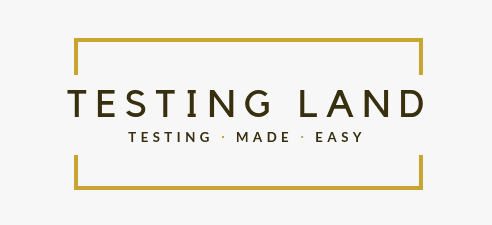Types of Conflicts Between QA Team Members and How To Overcome Them

Conflicts within QA teams can arise for various reasons, including differences in perspectives, communication breakdowns, conflicting priorities, and personality clashes. However, conflict can be beneficial if addressed appropriately, allowing individuals to grow and learn from it.
I've worked in various roles, such as QA Engineer, QA Lead, and Test Manager, where I witnessed conflicts within QA teams. I know firsthand how frustrating this can be, but I've learned some tricks to help navigate and resolve these situations positively.
Below are some examples of conflicts I've observed and helpful strategies for overcoming them from the QA Lead / QA Manager / Test Manager role.
Different opinions on processes and tools
It is common for QA team members to have varying interpretations of processes, which are often influenced by their professional experience and level of expertise. Additionally, team members may have differing opinions and personal preferences when selecting specific tools or automation frameworks.
🎯Ways to overcome it. When faced with situations where there are differing opinions, I find it helpful to allow for suggestions and encourage open debate. If we cannot reach a consensus as a group, I will propose a solution and request feedback. When deciding on a tool or framework for automation testing, I suggest creating proof of concepts to demonstrate how these tools or frameworks work. This approach makes it easier for the team to make an informed decision. To prevent future debates on more theoretical aspects like processes and best practices, I collaborate with the QA team to establish and document these practices. This ensures their agreement as the group discusses and approves all practices. Having the practices documented also helps to ensure everyone understands them clearly.
Doubts on workload distribution
I've encountered situations where QA folks are concerned that their colleagues working on other projects may have a lighter workload and appear more relaxed. Don't worry; it's natural to wonder about these things sometimes!
🎯Ways to overcome it. I will share a few things I did to help improve visibility and collaboration among our QA team members. Firstly, I started hosting weekly gatherings where everyone could catch up and discuss their respective projects and any challenges they faced. This approach helped them bond, build stronger relationships, and trust one another. Secondly, I created a monthly newsletter to keep everybody in the loop on new resource allocations and milestones achieved by their fellow team members. I believe fostering collaboration between QA professionals working on disparate projects is also of utmost importance.

Poor communication and poor work distribution
When managing QA individuals, I find it helpful to clearly define and schedule tasks. Once they have gained enough experience, I prefer to give them the freedom to distribute the work. Even before transitioning to remote work, I noticed that some senior individuals tend to hoard specific tasks and knowledge, leaving other QAs feeling excluded and frustrated.
It's important to remember that communication can be a bit tricky sometimes. As a manager, you must create a supportive environment where everyone feels comfortable speaking up, and this takes some effort.
🎯Ways to overcome it. I asked the more senior team member to document the processes and steps he was following to help us overcome this issue. This helped to create more transparency in his work. Additionally, I encouraged the QA team to utilize the Sprint stand-up and clearly communicate their tasks, progress, and future plans in a clear and collaborative manner.
Role ambiguity
Conflicts may occur when roles and responsibilities within the QA team are ambiguous or overlap. Unclear definitions and delimitation of roles can lead to conflicts over ownership of tasks and deliverables.
🎯Ways to overcome it. Clarifying roles and responsibilities is critical to minimizing role ambiguity within your team. Start by defining clear roles, communicating expectations, and encouraging collaboration. In this way, you can help your team members understand their roles and contributions to the team's success. Additionally, providing support, guidance, and ongoing feedback is essential for effectively addressing conflicts and role ambiguity and promoting a cohesive and high-performing QA team.
Most likely, I've only just scratched the surface with the examples I mentioned earlier, and there are plenty of other situations where the QA team members could face disputes. I hope this helps clarify things for you!
⚠️⚠️⚠️ Implementing the strategies I have recommended to manage conflicts might provide a temporary solution. However, as a manager, it is essential to consistently monitor and evaluate the situation, provide feedback, and ensure that corrective actions are taken to address the underlying issues.
Addressing conflicts within the QA team is essential for fostering a positive and productive work environment and ensuring the team's effectiveness in delivering high-quality software products. As a manager, it's crucial to proactively address conflicts by promoting open communication, facilitating constructive discussions, and fostering a culture of collaboration and respect.
Hugs, M.🤍

